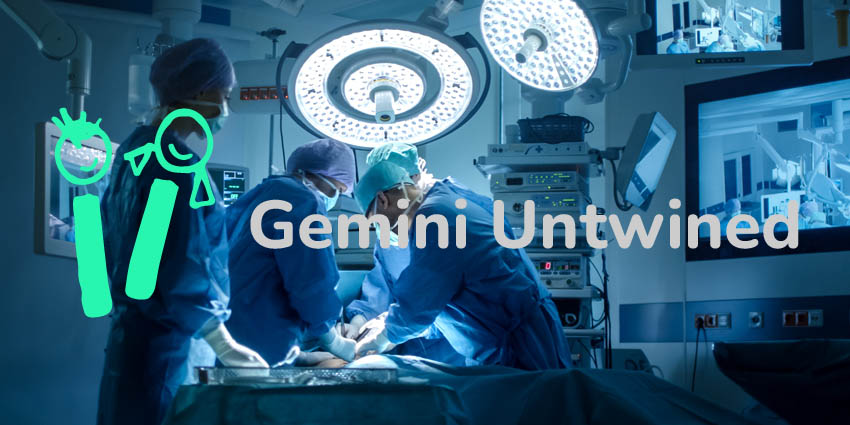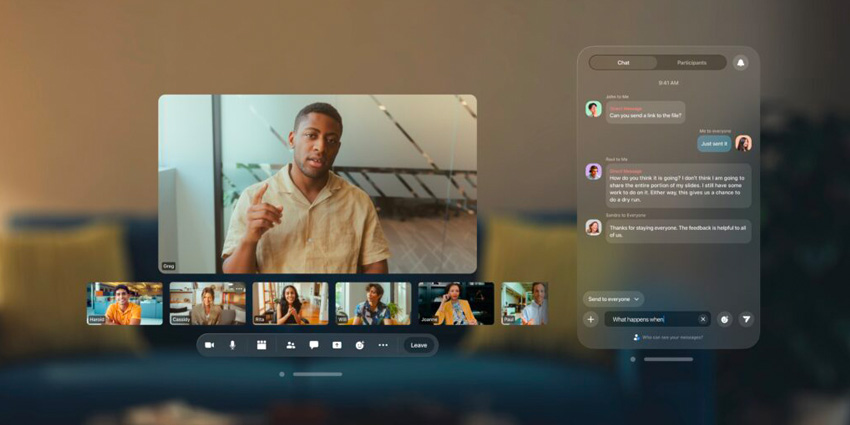London’s Great Ormond Street Hospital has assisted Brazilian surgeons in separating conjoined twins using virtual reality (VR) digital twins of the patients, it was this week.
Doctors used magnetic resonance imaging (MRI) and computerised tomography (CT) scans of Bernando and Arthur Lima, aged three, and uploaded the visuals to VR in a three-month trial of the solution, becoming one of the world’s most difficult and complex separation processes in history.
The surgical team underwent months of preparation using #VR cross-continentally to share expertise and practice techniques, developing a plan to separate their fused brains. pic.twitter.com/L8va4oJ0JX
— Gemini Untwined (@GUntwined) August 2, 2022
The organisation tasked with funding the operation, Gemini Untwined, explained how the surgery involved roughly 100 medical personnel and seven surgeries, as well as more than 33 hours for the last two procedures. Surgeons also used VR headsets to remotely operate in the same virtual room to prepare for the procedure.
Noor ul Owase Jeelani, Team Lead for the operation, shared his thoughts on the surgery,
“As a parent myself, it is always such a special privilege to be able to improve the outcome for these children and their family. Not only have we provided a new future for the boys and their family, we have equipped the local team with the capabilities and confidence to undertake such complex work successfully again in the future”
Jeelani led the operation with Dr Gabriel Mufarrej, Head of Paediatric Surgery at Brazil’s Instituto Estaduel do Cerebro Paulo Niemeyer and has performed his sixth operation with Gemini Untwined.
In a statement to PA news agency, he said incorporating VR for the lengthy procedure was “just wonderful.”
Speaking further, he said,
“It’s really great to see the anatomy and do the surgery before you actually put the children at any risk. You can imagine how reassuring that is for the surgeons. In some ways these operations are considered the hardest of our time, and to do it in virtual reality was just really man-on-Mars stuff”
Previous surgeries had been unsuccessful due to scar tissue on the patients, but the VR practice allowed the medical teams to complete the procedure, allowing the separated twins to recover with a six-month rehabilitation plan.
Medical XR for the Future
Global firms have begun developing the next generation of medical solutions using XR platforms aimed at training professionals, providing therapies and data workflows, and performing remote procedures.
Arvizio announced in July an augmented reality (AR) instructor platform to train and manage workflows for medical institutions with digital overlays complete with real-time 3D (RT3D) assets.
Doctors can access key documents, annotations, visuals, live video feeds, scans, and others with smart glasses and mixed reality (MR) headsets using the tool.
Rocket VR Health also struck a deal with Massachusetts General, allowing its platform to provide therapies for hospitalised cancer patients to avoid feelings of isolation and loneliness post-operation.
Patients treated with haematopoietic stem cell transplantation (HCT) are typically required to recover while hospitalised for roughly 28 days, leading to prolonged periods of isolation and limited mobility.
Firms such as GigXR, Osso VR, CREDERSI, Hatsumi, Virti, and PrecisionOS have also created medical trainers, leading to a surge in XR healthcare solutions to instruct future surgeons and doctors.







